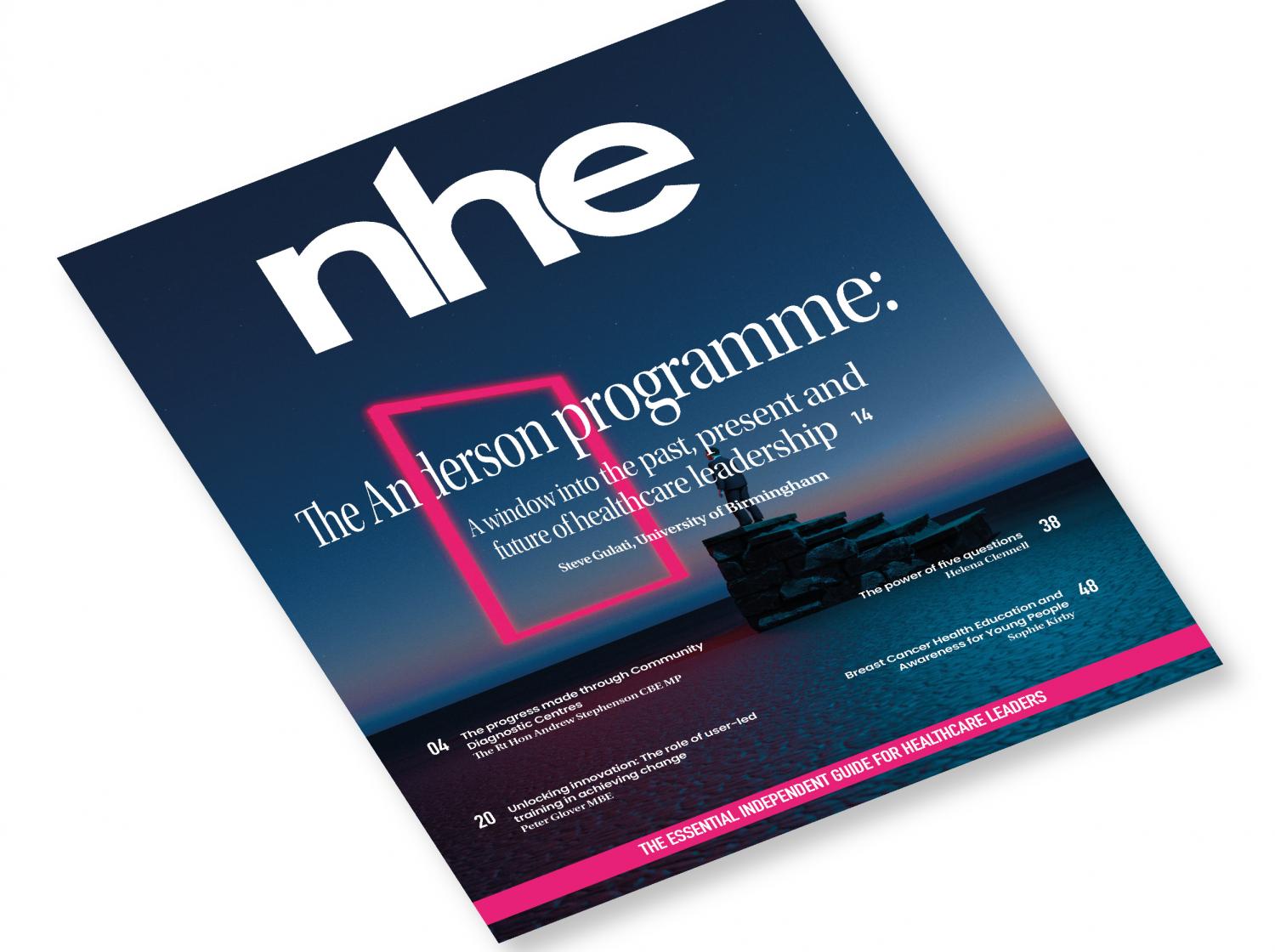A high-tech vest could help the NHS save lives and prevent sudden cardiac deaths, according to a new study.
Researchers from University College London (UCL) and Royal Free London NHS Foundation Trust developed a electrocardiographic imaging vest which could be used in standard care after it was deemed reliable and durable in the Journal of Cardiovascular Magnetic Resonance.
Sudden cardiac death can occur when there are problems with the electrical signals that help regulate a person’s heartbeat – around two million people experience heart rhythm disorders in the UK.
Before this latest innovation, detailed mapping of the heart’s electrical activity was rare, as it required either a catheter inside the heart cavity or single-use devices that were costly and time-consuming to set up.
The vest works by collecting data from its 256 sensors and combining it with images taken by MRI of heart structures to generate 3D models of the heart and its waves of electrical activity.
“We identified a problem in cardiology.”
Dr Gaby Captur, of the UCL institute of cardiovascular science and Royal Free London, said: “Heart imaging has made remarkable progress in recent decades, but the electrics of the heart have eluded us. The standard technology to monitor the heart’s electrical activity, the 12-lead electrocardiogram, has barely changed in 50 years.
“We believe the vest we have developed could be a quick and cost-effective screening tool and that the rich electrical information it provides could help us better identify people’s risk of life-threatening heart rhythms in the future.
“In addition, it can be used to assess the impact of drugs, new cardiac devices, and lifestyle interventions on heart health.”
Dr Matthew Webber, also of the UCL institute of cardiovascular science, helped Dr Captur develop the vest using funding from the British Heart Foundation.
He said: “Cardiac MRI, the gold standard in heart imaging, shows us the health of the heart muscle tissue, including where dead muscle cells might be.
“In-depth electrocardiographic imaging can help us correlate these features with their consequences – the impact they may be having on the heart’s electrical system.”
“It adds a missing part of the puzzle.”
According to the researchers, the vest could help clinicians identify people who need an implantable cardioverter defibrillator – a device that monitors heart rhythm and shocks it back into a regular pattern if needed.
This technology can save lives but they also have the potential to cause infection and distress If they give shocks unnecessarily.
The vest is reusable as it uses dry electrodes rather than metallic electrodes – the former can be washed in between uses whereas the later requires a layer of gel between the electrode and the skin.
The efficacy of the biomarkers used by the vest will continue to be assessed in the future.
Image credit: iStock



















